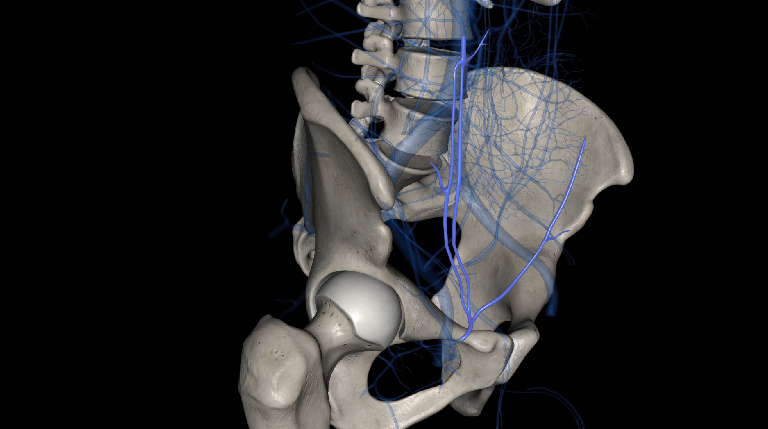What role does robotics play in management, treatment, surgical & non-surgical intervention for individuals/patients suffering from musculoskeletal disorders/injuries?
Ankle arthroscopy: Robotics-aided surgeries are accurate; however, they require operation, guidance, and control from a human operator. While some processes may already be automated or, in the future, be wholly automated via robotics, it still is an essential feature that surgical interventions and procedures carried out utilising robotics technology require.
For non-surgical interventions, robotic devices are utilised to complete rehabilitation programs.
● Orthopaedic clinics using robotics to treat injuries: Robotic surgeries enable treatment for replacing entire knees, hips, and tissues. In the future, many surgeries could be wholly carried out robotically. The implementation of robotic technologies may lead to novel procedures and even newer surgical and non-surgical treatments for injuries.
● Robotics is utilised for surgical knee replacement procedures: Robotics technology is employed for partial and total knee replacement procedures. The use of robotics has enabled various possibilities in knee replacement surgical interventions. Among these is the customisation of placing implants. Implants are precision engineering, constructed for the individual patient’s anatomy, and compatible with the targeted area. The utilisation of robotics in general for total, partial knee replacement procedures is coupled with 3d scanning/imaging solutions before the procedure to develop customised and tailored modifications to the surgical procedures, such as cadaver ACL replacement.
● Robotics treatment for arthritis treatment: Applications of robotics technology have developed from precision diagnosis: robotics contributed to the precision imaging techniques of MRI and CT scans. These are utilised when assessing, monitoring and submitting evidence of arthritis and its current condition. Robotics is also employed for robotic-assisted joint replacements, and current state-of-the-art solutions include targeted medication delivery systems for arthritis treatment. Current research applications of robotics are not limited to the treatment, drug delivery and monitoring/scanning but also to mimicking various joint movements progressions of diseases such as degenerative and rheumatoid conditions, aiding in understanding overall conditions such as arthritis & assisting in developing therapies and knowledge for the medical treatments, such as artificial ACL treatment.
● Traumatology: Robotics finds applications in traumatology, where it is used for effective treatment in trauma and orthopaedics. Robotics improves surgical planning, implants, and prosthetic placement, including superpath hip replacement.
● Applications of robotics in Rehabilitation and Muscle injuries: Robotics is used in rehabilitation/muscle injuries and prescribed treatments for orthopaedics.
Conclusion
Robotics is widely utilised in applications for Orthopaedic surgical intervention and procedures. YK Orthopaedics is a quality orthopaedic clinic delivering solutions for patients and the best outcomes for their musculoskeletal health, such as ACL-sparing knee replacement.

